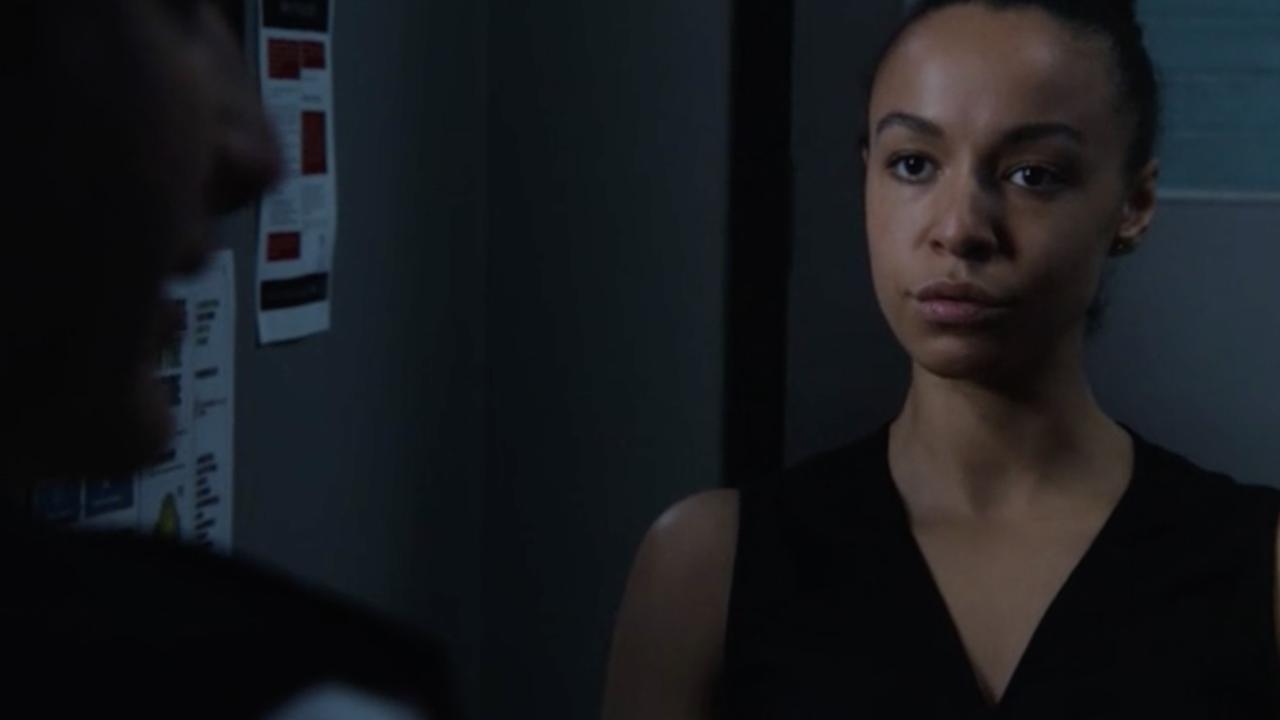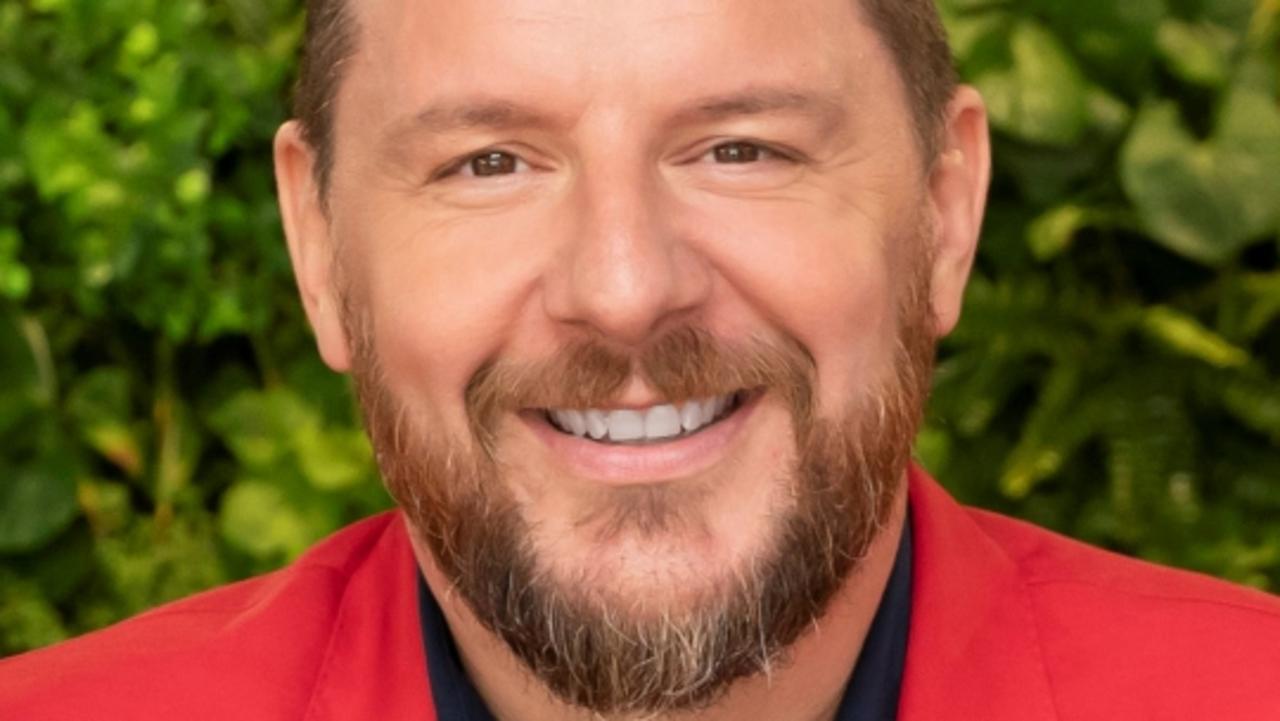Aussie game shows we’d rather forget
NOT all game shows can be classics like Wheel of Fortune or Sale of the Century. Take a look back at some of Aussie TV’s glorious failures.
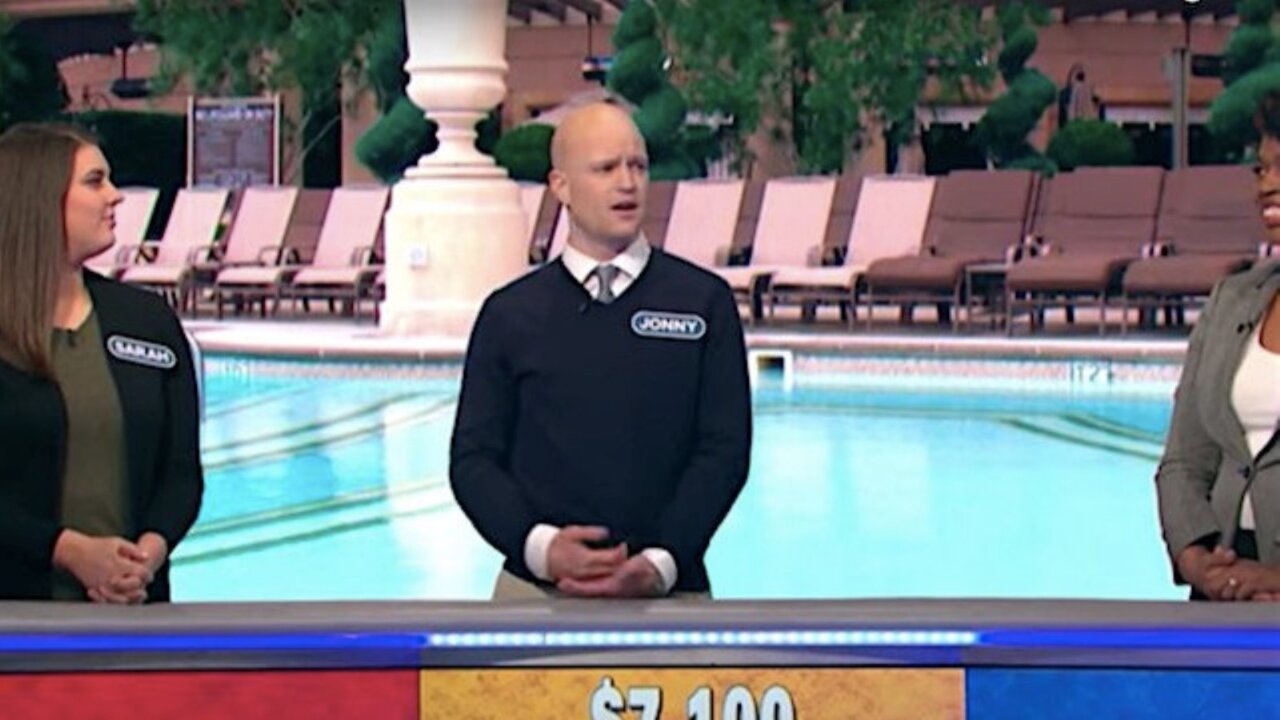
Entertainment
Don't miss out on the headlines from Entertainment. Followed categories will be added to My News.
FOR every Sale of the Century or Wheel of Fortune, there are loads of game shows that never made the grade on TV.
Here is a selection of some of Australia’s worst. May they never come back from the dead.
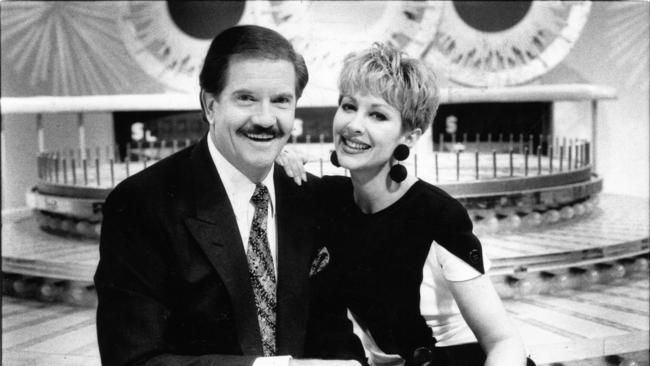
VIEWERS SLAM SEVEN’S NEW GAME SHOW THE WALL
GAME SHOWS FILMED IN MELBOURNE
KEYNOTES
Keynotes was a musical quiz show that first aired on GTV9 in the 1960s but was given a ‘90s polish by Richard Wilkins, whose sharp suits and glorious blond-tipped coiffe were the only highlights of this Channel 9 stinker.
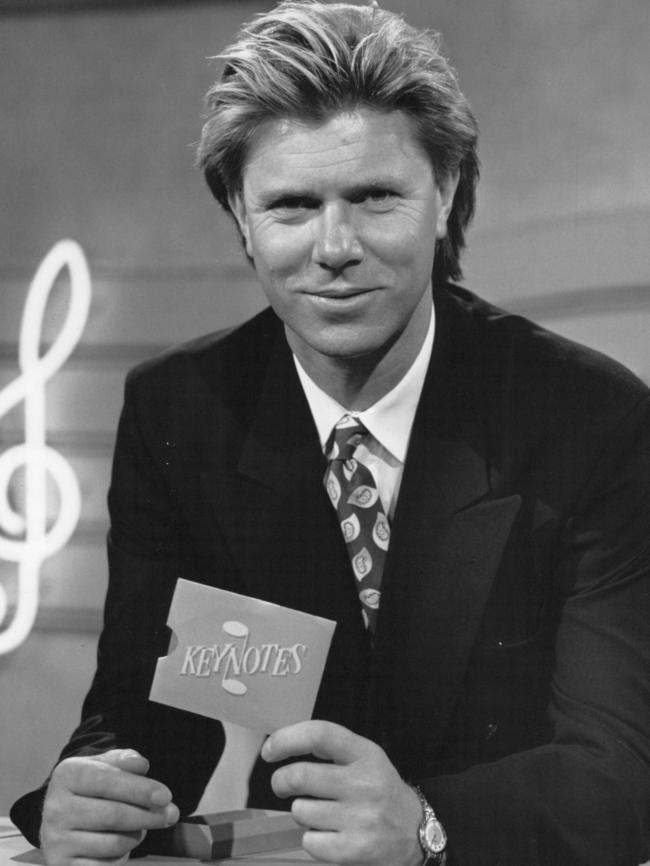
The idea was that two competing teams of three would listen to part of a well-known song to guess a word from the lyrics.
Each correct answer would earn them one of nine possible notes as a clue to the tune of another popular song, synthesised and presented with an old-fashioned bouncing ball. They’d win $300 in round one for a correct guess, with prizes of $600 and $1200 for rounds two and three.
The winning team would go to the bonus round, getting 30 seconds to guess up to nine lyrics that would make up the notes of the final song clue.
Keynotes was a 1992-93 summer fill-in for Sale of the Century. Nine rightly never made a new series. It was great for music nerds but it was cheap, cheesy and dull.
SUPERMARKET SWEEP
Ian Turpie, the former host of Seven’s The New Price is Right, presided over this program, which was filmed before a studio audience on the set of a mock supermarket.
Three pairs of contestants picked from the audience were grilled about their knowledge of common shopping items and TV commercials to build up their available time in a three way shopping spree.
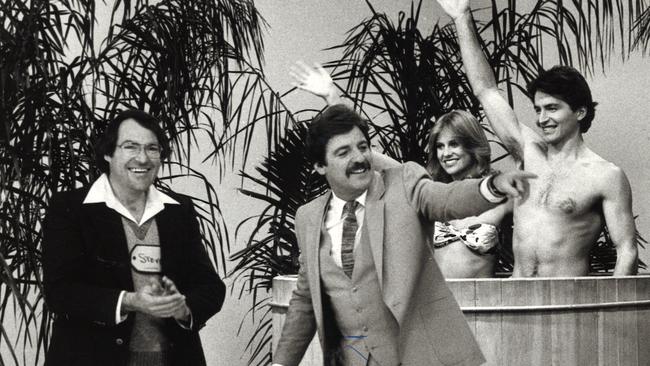
The team that collected merchandise with the highest value in their carts was deemed the winner and went on to a bonus 60-second shopping spree featuring four bonus items that would win them special prizes. If they found all four, they won a jackpot prize.
Earlier episodes were sponsored by Coles, with the supermarket presented as a Coles.
It’s hard to believe, but Turps was able to squeeze two years from February 1992 to February 1994 as host of a program about one of life’s most mundane, pedestrian tasks.
CATCH US IF YOU CAN
In 1981, Seven got 30 episodes out of Catch Us If You Can, in which a team of actors played prerecorded Candid Camera-style pranks on unsuspecting people.
A studio audience laughed along and competed in a series of in-studio games and stunts that included one contestant, wearing pocket-less overalls and goggles, entering a booth full of cash that was fanned into flight. Whatever the contestant could grab and hold, they kept.
No-one ever seemed to use the goggle straps to stash the cash.
The cast of players included Grant Dodwell before his turn as Dr Simon Bowen in A Country Practice and Edith Bliss, a reporter from Simon Townsend’s Wonder World.
Catch Us If You Can could have been a mediocre half-hour of gotcha pranks (aren’t they all?) or a mildly entertaining game show but that blend, with a seeming cast of thousands, was both costly and, frankly, weird.
MAN O MAN
Actor and singer Rob Guest was the host of this nasty little bit of reverse sexism on Seven.
The program, based on a successful German show, put 10 male contestants through a series of tests akin to a male version of a beauty pageant before an all-female audience of 150 judges.
The 10 blokes were whittled down to three as the audience voted, and each reject would be pushed in a pool by one a cast of female models.
The final three would perform a musical act wearing next to nothing, until the two losers wound up in the drink and the winner would go home with a major prize — often an overseas holiday.
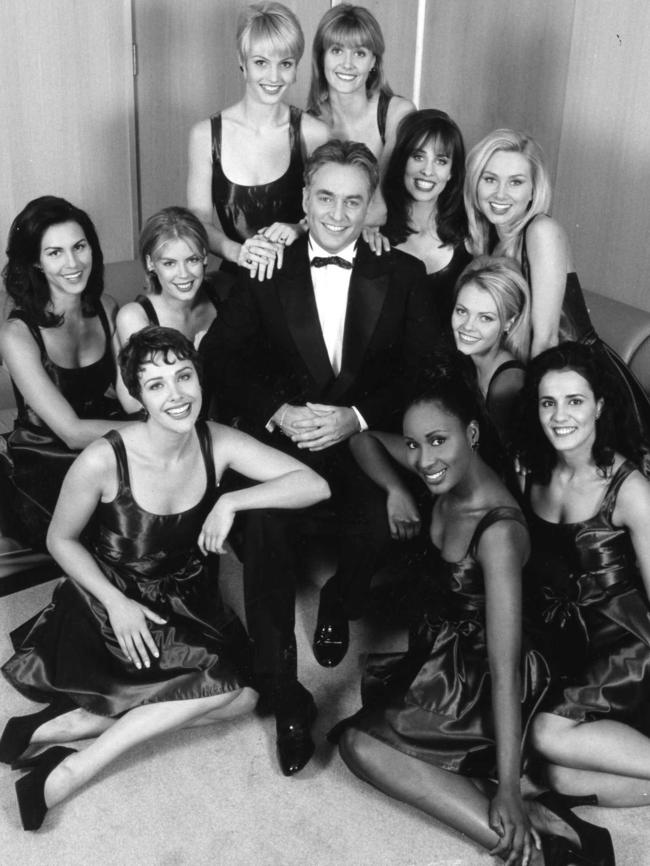
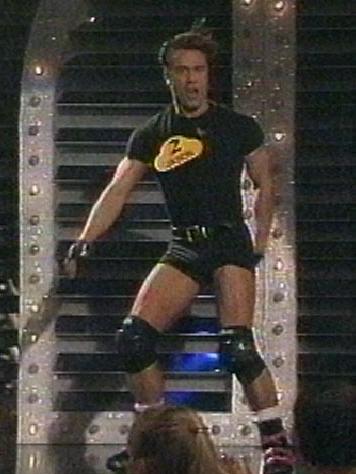
It was tacky stuff with all the charm of a hen’s night party at a seedy rip-off of a Manpower revue.
Man O Man was broadcast between February and November 1994.
SHAFTED
Red Symons took his acerbic Red Faces schtick from Hey Hey It’s Saturday to a new audience on Nine with Shafted.
Apparently, production company Southern Star Endemol wasn’t deterred by the fact the UK original tanked after 20 episodes on ITV in 2001. It should have been.
For a half-hour weeknight quiz show, it was complicated.
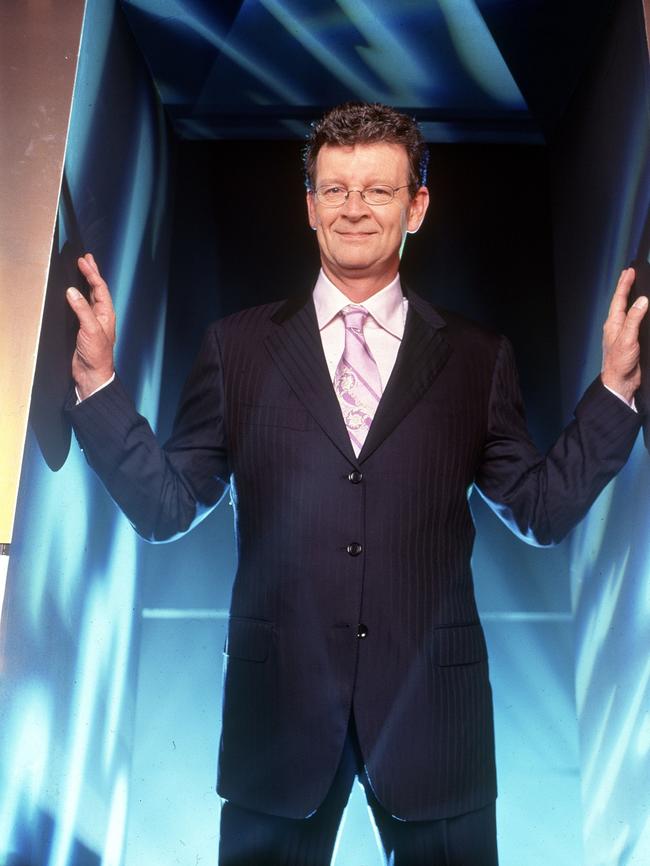
Six contestants would make a secret bid up to $500. The highest bidder was immediately eliminated — shafted, if you will.
The five were then required to make a new bid.
The second-highest bidder from the first round would then determine which of four categories would form a 10-question quiz round.
If a contestant answered a question correctly, their wager was added to their total. If wrong, their wager was taken away and they were prevented from taking further part in the round.
The final question in the round went to the remaining player who had the highest bid earlier.
The leading player could then shaft an opponent, with that opponent getting the chance to plead their case to remain in the game and the leader could keep them and shaft another (without the right to plead) or stick with their first choice.
This would continue for two more rounds, with the scores from eliminated players going to the leader until two players remained.
These two would have to decide whether or not to share the accumulated prize money or shaft their opponent. If both players chose to shaft, they were both shafted and got no prize at all.
Got all that? No? You weren’t alone.
Symons’ Shafted lasted 40 episodes between February and April 2002.
GLADIATORS
This muscle-fest was everywhere for a while when it debuted on Seven in April 1995.
Actors Kimberly Joseph and Arron Pederson hosted the first series, with Joseph teaming with radio and TV personality Mike Hammond for the other two series of what was originally an American TV show.
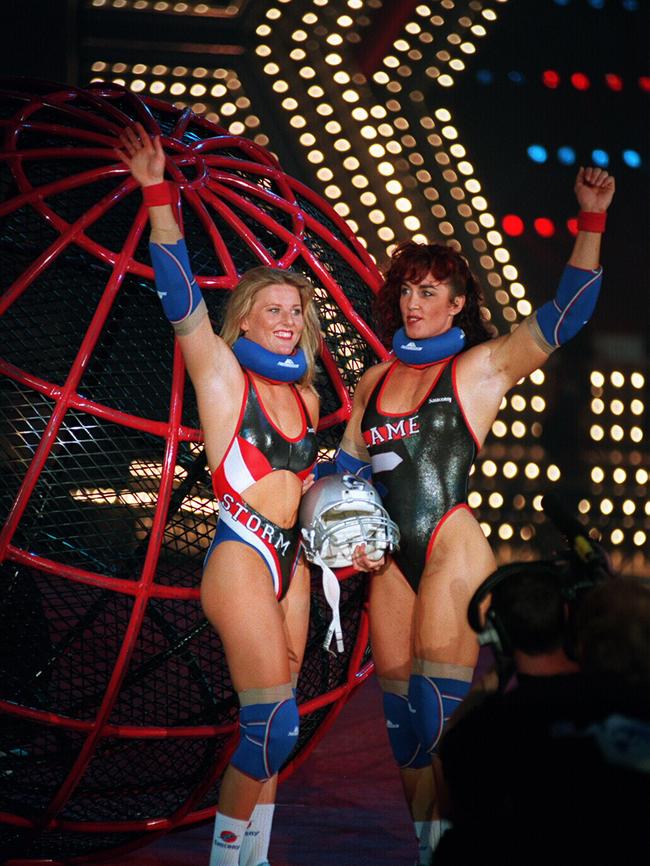
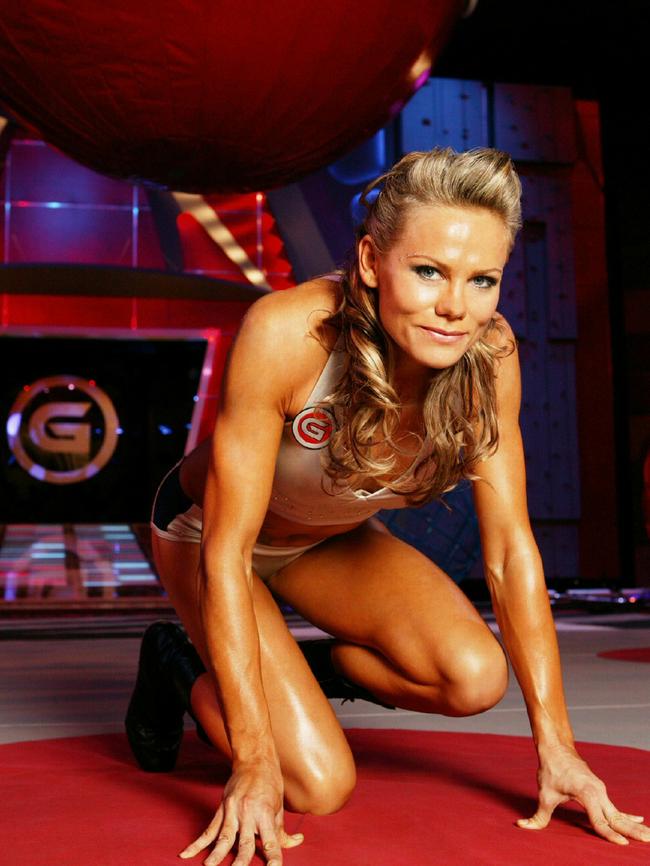
Regular performers, the gladiators, would compete in a series of events against challenger contestants in a bruising series of battles.
Several gladiators suffered injuries during the show and were forced to leave.
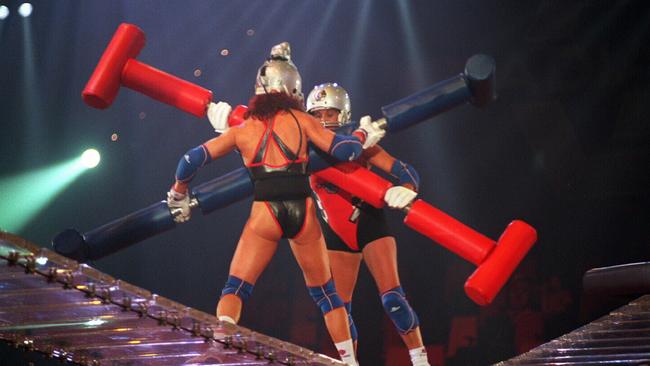
The show’s run included several international series, in which gladiators from other nations competed with the Australian cast.
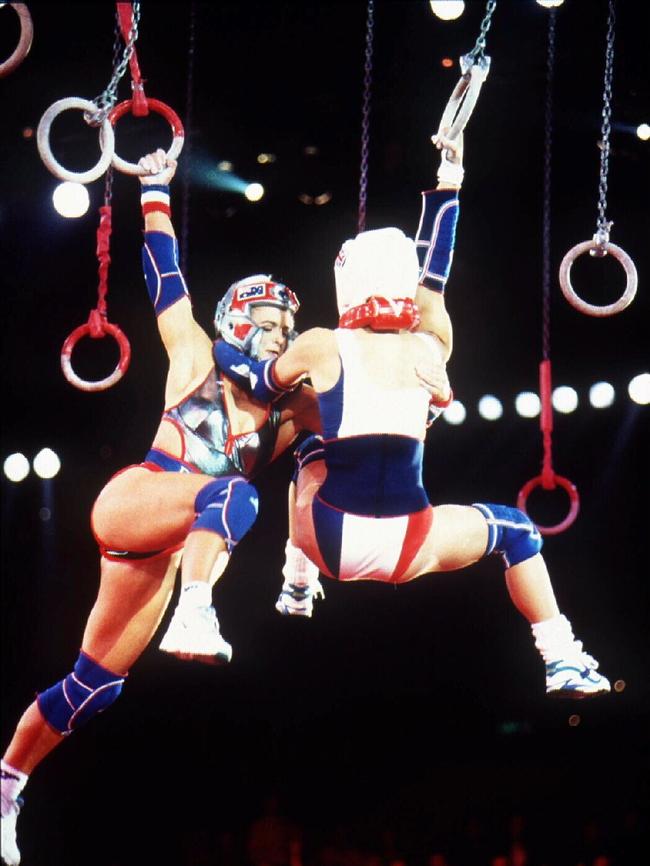
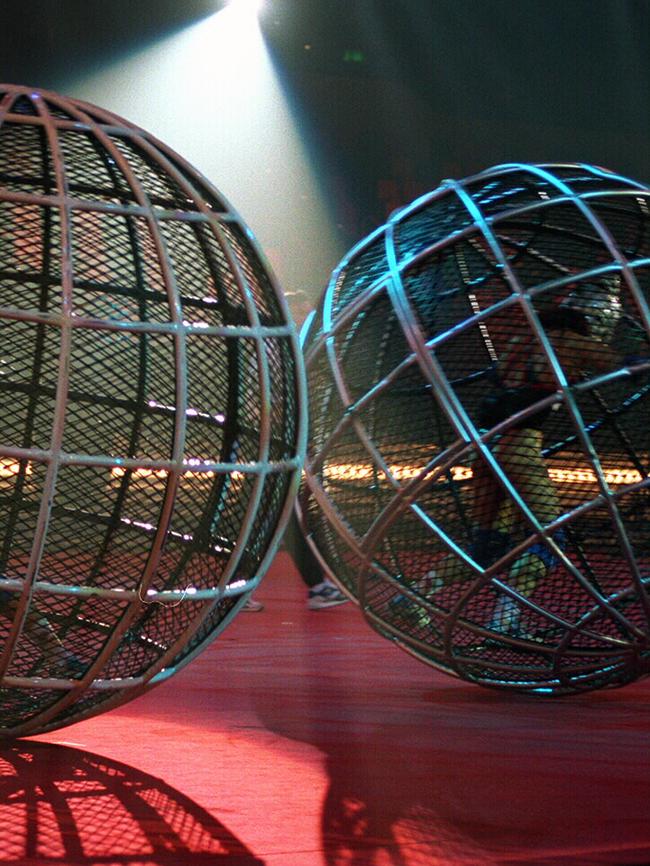
It was axed in October 1996.
Eleven years later, Seven gave the concept another crack but it was a ratings disaster in the end.
CATCH PHRASE/BURGO’S CATCH PHRASE
Apparently, not even Burgo himself could stomach this one.
For long-time radio and TV host “Baby” John Burgess, Catch Phrase was his first outing after a lengthy stint as the host of Wheel of Fortune on Seven — and in direct competition with his old show.
Two contestants were required to guess the catchphrase, cliche or saying posed to them in the form of lame animations. Despite the show’s title, frequently these animations related to single words.
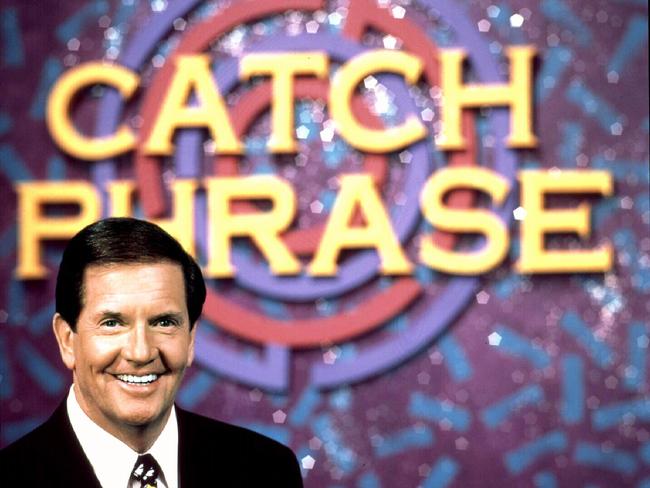
Each correct answer would win cash for the contestants and would uncover one of nine squares covering the lame catchphrase animation of the round.
In the bonus round, if you answered five questions in a row you could win a prize package or a major prize of a holiday or a car.
It first aired as Catch Phrase in 1997, but was rebadged as Burgo’s Catch Phrase in 1999.
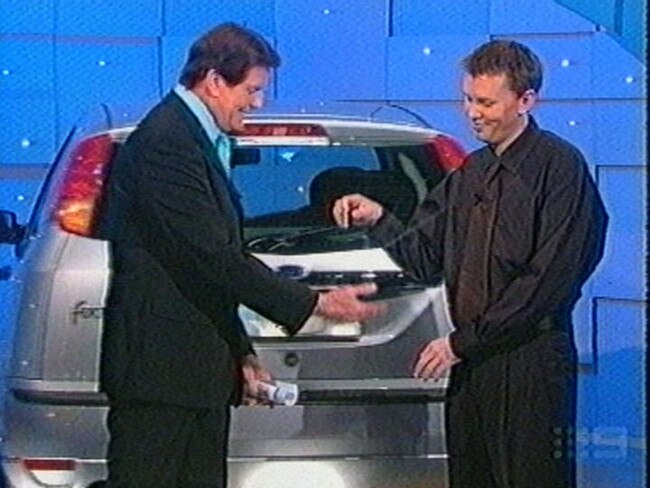
During the series, a third contestant was added to make the game more competitive.
Ever the trouper, Burgo hauled that puppy through seven series until Nine put it to sleep in 2003.
Four years ago, when News Limited published images of media mogul James Packer and Nine Network chief David Gyngell, Burgo was able to have a laugh at himself about Catch Phrase via his own Facebook page.
He said: “It’s been cruelly suggested problems started when James Packer told David Gyngell he should bring back ‘Burgo’s Catch Phrase’ & he whacked him”.
JEOPARDY!
The American version of this quiz show has been a TV mainstay for decades in the land of the brave and the home of the free.
A Seven version of the program aired from 1970 to 1978 but, for whatever reason, the Network Ten version fronted by quizmaster Tony Barber was a flop.
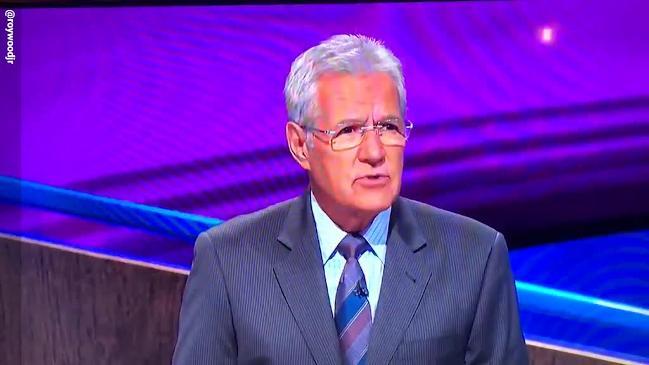
Australians did not take to the latest version of the backwards quiz program, in which the host provides the answer and contestants must answer in question form.
Yeah, it was a success in the 1970s, but some things are best left in the past.
ANY ABC QUIZ SHOW WHERE THE CONTESTANTS PLAY FOR NOTHING*
There have been loads of these over the years, and they’re terrible.
After all, human greed is the great motivator in every other quiz show in the universe but the ABC stands on its non-commercial charter.
If we can’t cheer the winner for winning a stack of prizes, or cheer a loser for whom we have developed an intense dislike during the program because they’ve won nothing, what’s the bloody point?
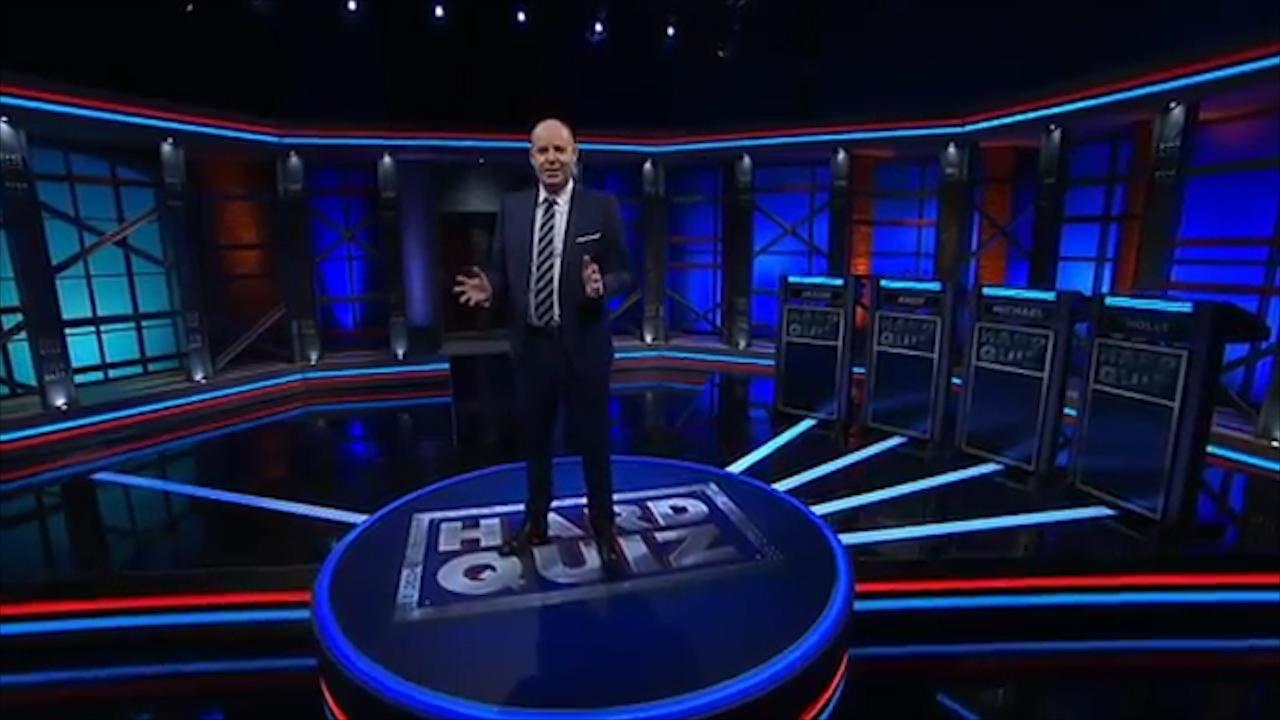
Worthless token prizes are no substitute for phat cash, crappy cars or as luxury two-and-a-half night getaway to beautiful Hamilton Island.
*The only exception to this rule is Tom Gleeson’s Hard Quiz.
His merciless teasing of the show’s ultra-nerdy contestants is just delicious to watch.

